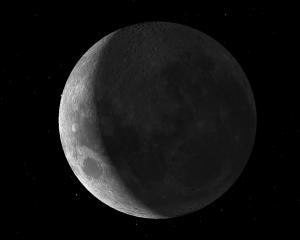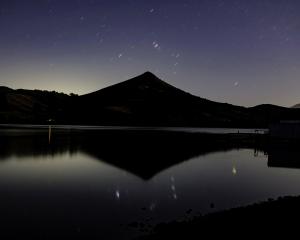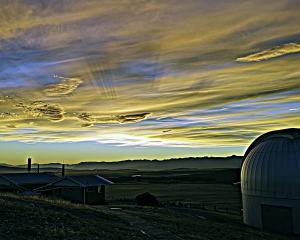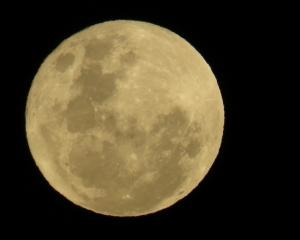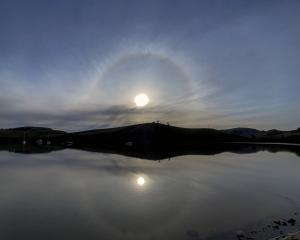The moon reaches last quarter tomorrow morning. This means that the hours before and just after midnight should be just about perfect for some late-spring stargazing.
To get the most out of your time under the stars you will need to find a spot with an unobstructed view to the south. As the sky darkens, the first stars you will see are ''The Pointers'', otherwise known as Alpha and Beta Centauri (or, as our chart calls them, Rigel Kentaurus and Hadar).
At a distance of just over four light years, yellow-coloured Rigel Kentaurus is the closest bright star in the sky. In contrast, blue-white Hadar is almost 100 times farther away. At a distance of 390 light years, the light you see when gazing towards Hadar left the star in the year 1628.
The Pointers got their name because they point the way to the Southern Cross. A line extended from Rigel Kentaurus through Hadar points straight towards Crux, a constellation so prominent that it appears on the flags of a number of Pacific nations. Despite its modern fame, the existence of Crux as a separate constellation only dates from the 16th century; before that it was just part of the much larger constellation Centaurus.
At this time of year, the Southern Cross is very low in the sky. In fact, just before 11.30pm this week, the smallest constellation in the heavens is as low as it ever gets, with orange-coloured Gacrux just over 13deg above the horizon.
Acrux is the brightest star in the Southern Cross. It is also a double star; if you have a small telescope it should be easy to separate the two blue components.
Astronomers estimate that Acrux is just under 400 light years away and that the two stars take roughly 1500 years to orbit one another.
If you do have binoculars, do use them to find the bright Eta Carina nebula, which you can find on the opposite side of the cross to the pointers. Even low in the sky this object should not be missed!





